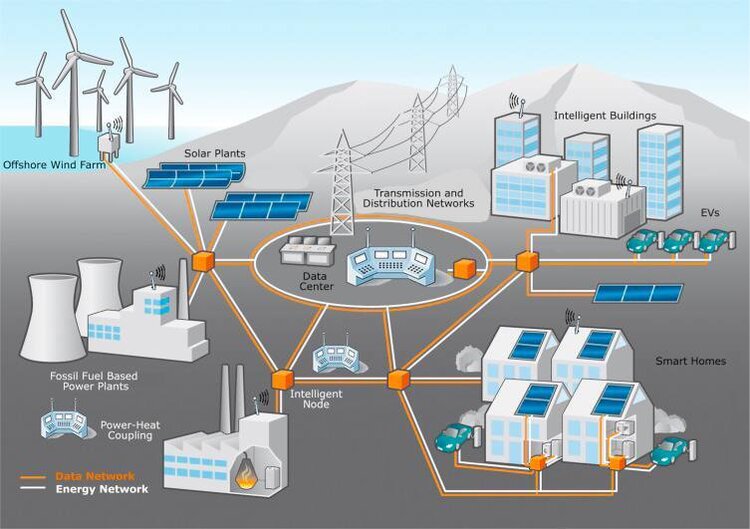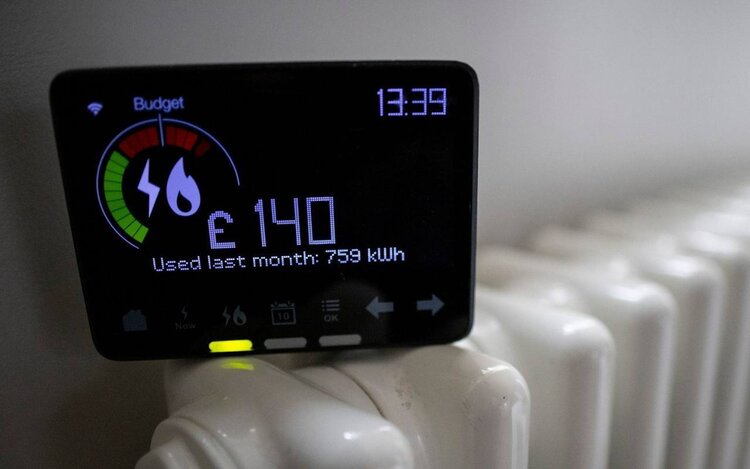Doing business

After disconnecting from the remnants of the Soviet power system in February 2022 and joining the ENTSO-E network in March 2022, the transition of Ukrainian energy professionals to equipment and management protocols based on international standards has become more relevant than ever.
Ukraine’s desire during the post-war recovery to modernise the economy, decarbonise industries and increase the supply of renewable energy to Europe aims to accelerate this process. One of its key elements is the development of a Smart Grid.
What does this technological innovation entail? Who does its benefits for consumers? Which Ukrainian companies have shown interest in its implementation? What problems of energy modernisation reflected in current global trends?
During the Ukraine Recovery Conference in London, DTEK, owned by Rinat Akhmetov, announced plans for the post-war reconstruction of the energy infrastructure in the Kyiv oblast. The new network will be built using modern technologies integrated into a unified Smart Grid platform capable of withstanding the challenges of war and interacting with renewable generation.
According to the plan, the development will take 10 years and require a €2.4 billion investment. The project, which still needs to be approved by the Ministry of Energy, involves the construction of a “smart” network consisting of 20,000 km of new overhead and underground cables, 250 substations, 6,000 transformers, and the installation of nearly one million “smart” counters.
“This investment will provide the Kyiv province with a world-class Smart Grid infrastructure that will help the country achieve its energy transition and prepare Ukraine to become a powerful centre of clean energy in the European Union,” explained Maksym Timchenko, CEO of DTEK.
DTEK plans to test the new network concept for a period of three years, which will serve as the pilot phase. The chosen location is the energy hub of Irpin-Bucha-Borodianka, which experienced significant destruction in February 2022. To fund the pilot project, the company aims to secure €145 million in financing.
What is a Smart Grid? Smart Grid is a modernised electrical power distribution network that utilises information technology to gather information about energy production and consumption. In practice, it enables automatic improvements in efficiency, reliability, economic benefits, as well as real-time stability of energy production and distribution.

What does the industry get? From the perspective of energy security and sustainable development, Smart Grids are capable of ensuring the operation of the power grid even in the event of damage or destruction to one segment. They also facilitate the effective integration of renewable generation and energy storage systems into the grid, as well as provide ancillary services for predicting the operation of the energy system.
What do consumers get? Among the advantages of their project for consumers, DTEK cites: reducing the average annual power outage time from 1500 to 100 minutes, reducing technical losses by three times – from 14% to 5%, cost-saving consumption and minimising expenses through the use of “smart counters”, the ability to become prosumers – professional consumers-suppliers of energy generated by their own home solar panels.
For consumers, smart counters (Smart Metering) are a beneficial component of the “smart energy grid”. They are installed at home or in offices and can transmit energy consumption data almost in real time, helping to make informed decisions about how much energy to use and at what time of day.

Such counters are capable of tracking energy consumption by each device and supporting certain behaviour rules during peak load hours. This can benefit not only consumers but also energy companies that are interested in increasing the efficiency of their processes (through remote counter management) and combating electricity or gas theft.
How is this programme progressing in the world? TheSmart Grid implementation is a global trend. Numerous analysts assert that the world must rapidly transform its energy system by reducing costs and abandoning fossil fuels in favour of cleaner energy sources such as wind and solar power. It is necessary to limit global warming and avoid the catastrophic consequences of climate change.
However, bureaucracy hinders this process. “Around the world, developers of renewable energy infrastructure are being told they must wait anything from a couple of years in parts of the US to up to 15 years in the UK before they can plug projects into grids that are struggling to keep pace with shifts in electricity generation,” writes the Financial Times.
“I don’t know of any country where the grid is not currently some level of obstacle to the energy transition,” says Mark Hutchinson, director for Asia at the Global Wind Energy Council, the international trade association.
In most Western countries, they were developed after World War II to serve large power plants that burned fossil fuels (coal, fuel oil, or gas). The use of renewable energy sources requires a fundamental review of the current settings.
According to BloombergNEF, a total of 80 million kilometres of power grids worldwide need to be modernised by 2050 to integrate green generation and reduce carbon emissions.
And how is it in Ukraine? On October 14, 2022, the government approved the Concept of Smart Grid Implementation in Ukraine Until 2035. The document, developed with the support of the World Bank, envisages the development of the energy system on modern principles.
With financial support from the Lithuanian government, Mykolaivoblenergo power distribution company has already started developing a pilot project for building a Smart Grid.
Source https://mind.ua/